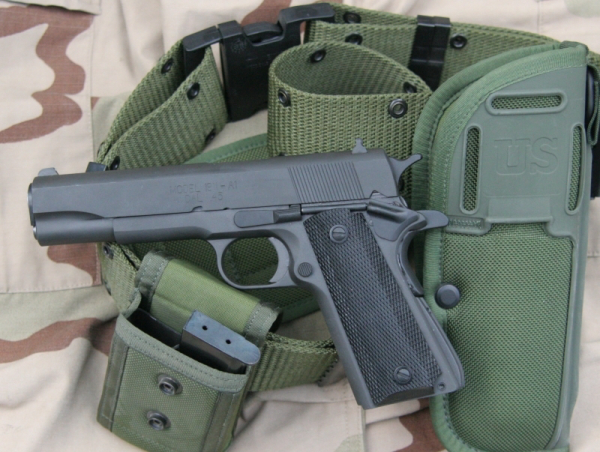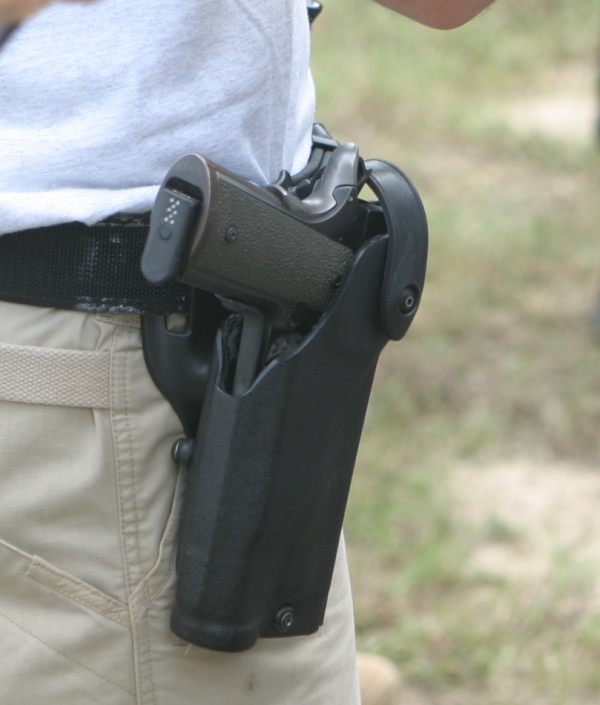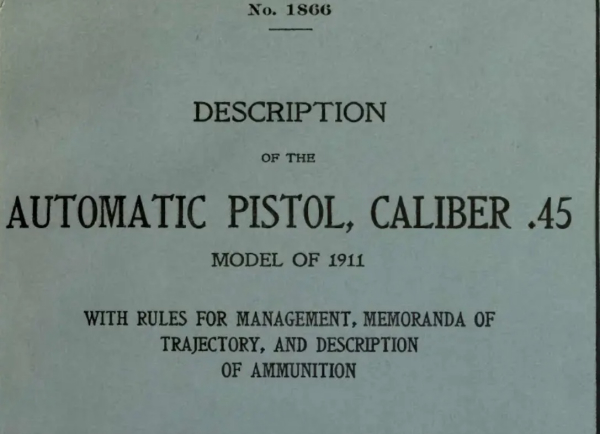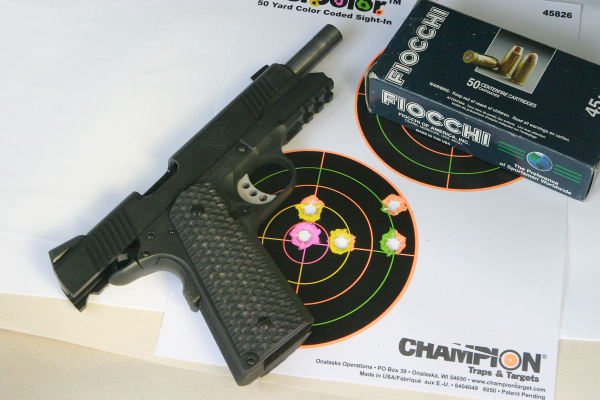A few ripples in the space-time continuum caused this re-examination of “the world’s finest CQB weapon – and King of the Feedway Stoppage” (h/t, He Who Shall Not Be Named).
For months, I’ve been seeing video-social media posts about 1911s – not just the 2011 “updates,” nor just altered 1911s from the mid-1970s to the mid-2000s, but reissues of guns that appear military standard.


That was followed up by one of the trendy types who had a laundry list, a bill of particulars with grievances about the old design especially as it pertains to its use in preference to ‘fantastic plastic,’ striker-fired or not.
As we’ve seen modern striker-fired pistols (MSFP, if you must have initials follow every name) suddenly appear manufactured with aluminum (and even steel) frames and we’ve seen recent designs that are hammer fired (with hammers concealed), it looks like we’ve become nostalgic. Or maybe we’re trying to find our way home.
I don’t think that’s the whole answer but I’m no mind reader. I can just speak to my own experience and tendencies.
The full-size or “Commander” 1911 pattern pistol is flat – think Colt 1903-flat – while having enough frame to get a hold on and enough slide-barrel to get good handling characteristics – “point” and visual reference.
There’s enough slide surface to grab to run the action.
Are they reliable by MSFP standards? In the sense that – with very little attention – they’ll run a standard load out in 45 ACP (22 rounds) without stoppage, yes. That’s nothing these days, but the new guns don’t at all have the feel, concealability or the trigger of the older gun.
Remember that, depending on the source, the 1911 has between 52 and 60 parts (53 are listed in the manual from 1912, a screenshot of the cover appears below.)

The GLOCK pistol as originally issued had, I believe, 34 parts. What does that mean? – mostly there’s less to go wrong.
Do 1911s require more in the way of maintenance than the new stuff? – Again, no question. “If you maintain your defense pistol the way you maintain your lawn mower …” – get something else. Still, there’s not that much that needs doing to keep the old hammer running.
Something I’d spaced off was lubrication. With the advent of the convenient “CLP” products, life was so easy – and it is for so-called modern pistols.
I’ve gone back to oil – not a CLP – for lubrication of firearms. The oil tends to stay longer, while CLP evaporates and may not leave a slick surface behind. Oil is also used on the modern stuff now – it’s better for the job of facilitating function.


In my day, sounding like a codger, the first thing to change on the service pistol was sights. Now, an internet video upstart has demonstrated that – no, you can’t quickly see those sights – but they are more precise than you remember them being. And if you have enough shooting under your belt, that standard slide of the Government pistol gives you plenty of precision to stay inside the scoring zone of a defense target –
Are many examples capable of better accuracy? Yes, but only if you can shoot.
For those of us approaching termination, it’s like shooting snub revolvers. While they have a place in the modern load-out, they’re only somewhat anachronistic. Like snubs, the more-or-less standard 1911 has had a bit of a resurgence – whether or not some commentators like it.
Like any other handgun, it has advantages and disadvantages. An informed consumer makes a choice, listens to nay-sayers enough to get the “other side” and to anticipate problems in their chosen hardware – but doesn’t engage in the argument.
That just wastes time.
— Rich Grassi